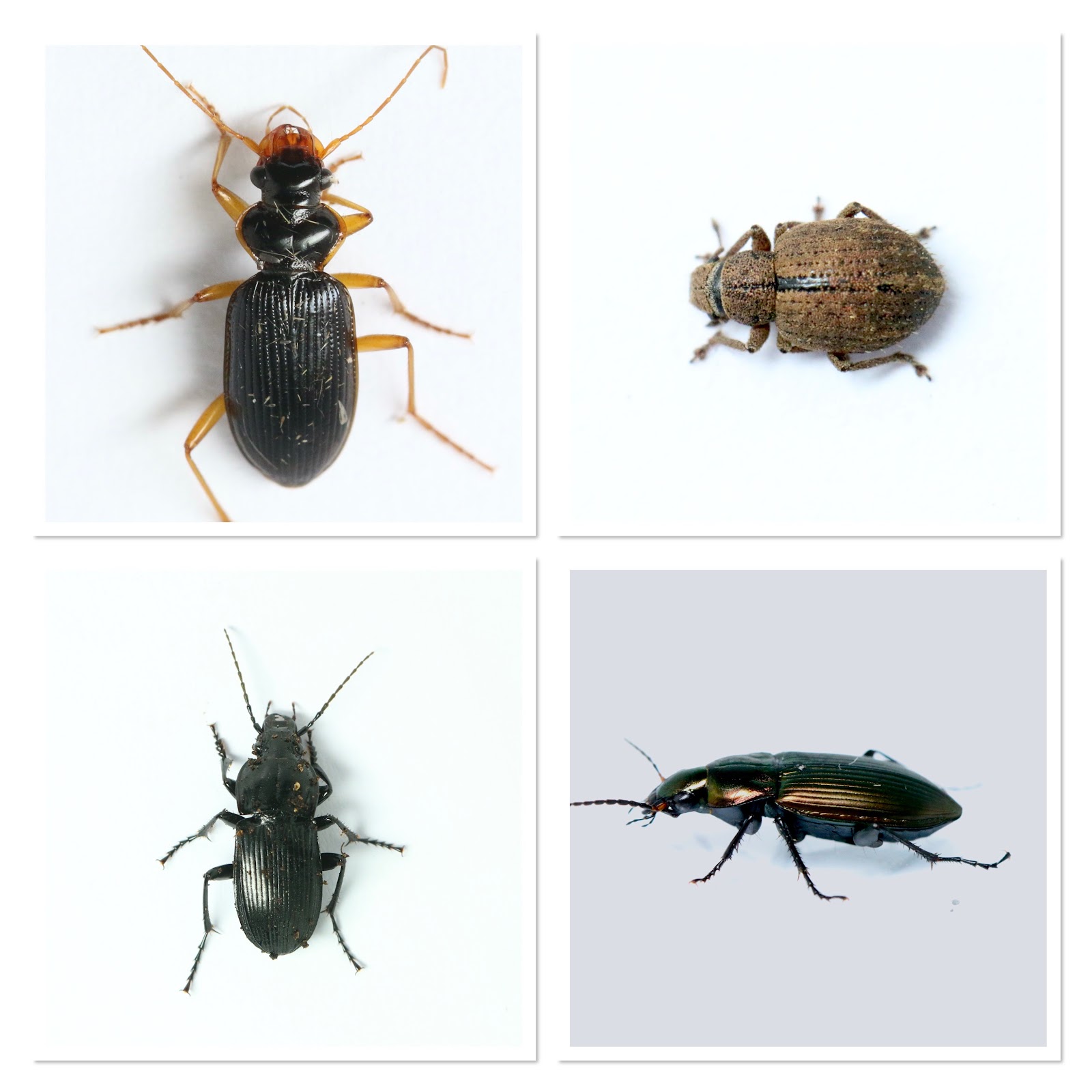From an avian perspective, Spring around Maldon was disappointing.
Chiffchaffs were singing at Lofts Farm on 15th March and an early
Swallow flew by at Heybridge Pits on the 16th, but there was little
in the way of follow up passage. As ever, Lofts Farm was a good place to pick
up Sand Martins, and then the first House Martins and Swift, and there was a
smattering of passing Willow Warblers heard singing around the patch. But no
Wheatears or Whinchats were spotted. There were some Whimbrels along the
estuary and a couple of Little Ringed Plover sightings but the only half decent
passage bird encountered was the drake Garganey seen by Tony Kennelly at Heybridge Pits on
the 10th April. Fortunately, there were other wildlife distractions
around the town!
Certain plants seemed to be everywhere. Red Dead-nettle was
abundant, Greater Stitchwort widespread and Alexanders were seemingly along every roadside and sea wall.
 |
| Alexanders along the sea wall by Southey Creek |
Alexanders aren’t native, and it would be better if they
weren’t so successful, but at least they deliver lots of early nectar that attracts a
broad range of pollinators, from bees to dung flies! One notable fly of spring
is the St Mark’s Fly, so named as they traditionally appear around St Mark’s
Day, 25th April. They fly in a characteristic, sluggish manner, with
legs dangling, and I was pleased to get a photo of one in flight.
 |
| St Mark's Fly on Alexanders |
 |
| Yellow Dung Fly on Alexanders |
Another fly I was pleased to see was an Alder Fly. Not rare
but the first I had properly clapped eyes on. Their youngsters are entirely
aquatic and are voracious predators. Indeed, a great many of the insects that
we enjoy seeing around lakes and rivers- dragonflies, damselflies, caddisflies,
mayflies- all have early stages that live underwater, demonstrating how vital
it is that water quality is maintained, if the adults are to appear!
 |
| Alder Fly on Greater Reedmace |
As ever, the first of the odonata to appear was the Large Red
Damselfly- a nice distinctive species, often seen in gardens.
 |
| Large Red Damselfly |
In April, Simon Wood discovered a patch of field at Lofts
Farm that had been left uncultivated for a few months. For once, a whole load of
traditional wild flowers had a chance to grow, and for a few weeks there was a
chance to see the likes of Field Pansy, Common Fumitory and Henbit Dead-nettle.
These belong to a group of species known as ‘arable plants’ that, due to
modern agricultural practices, are rarely encountered these days.
 |
| Area of uncultivated field at Lofts Farm |
 |
| Field Pansy, Lofts Farm |
 |
| Common Fumitory, Lofts Farm |
 |
| Mousetail, Lofts Farm |
The arrival of spring also encouraged our reptiles to get out and about. We have yet to locate a local Adder, but the Maldon ‘big three’ were all seen:
 |
Grass Snake, Hazeleigh
 | Slow Worm, Hazeleigh
 | | Common Lizard, Maldon Hall Allotments (Susan Mint) |
|
|
At Hazeleigh, there was a typically impressive spread of Bluebells. As well as providing an attractive display, they also provide habitat for other species, such as the micromoth Bluebell Conch.
 |
| Bluebell display at Hazeleigh Hall Wood |
 |
| Bluebell Conch, Hazeleigh |
Another example of interdependancies involves the Rivulet. Its foodplant is campion. Unfortuntately, campions are also eaten by Muntjac deer. In Hazeleigh we saw a lot of nibbled shoots but luckily there were still some blooms and Rivulet still seem to be hanging on.
 |
| Rivulet, Hazeleigh |
 |
| Red Campion |
 |
| Red Campion nibbled by Muntjac |
Moths appear to be having a particularly tough time at the moment. This spring has been exceptionally poor for moth numbers at
traps throughout south-eastern England. A post on the Recording Moths in
Suffolk site by Neil Sherman gave a good summary of likely causes. An ongoing
north-east airflow and clear nights have not helped and the cold, wet recent
weather may have killed larvae and pupae.
But possibly the main cause was the drought last summer that decimated
larval foodplants.
This lack of moths was reflected at sessions at Hazeleigh
Woods, where species counts were less than a half of the totals on the same
dates in previous years.
Many of the spring moths that did show at Hazeleigh, were species that try to blend in to their surroundings.
 |
| Pale Pinion |
 |
| Waved Umber |
But in contrast it was good to also see more striking species,
including the always impressive Eyed Hawkmoth, as well as White Ermine and the attractive micromoth, Common Tubic.
 |
| Eyed Hawkmoth |
 |
| White Ermine |
 |
| Common Tubic (known by moth-ers as 'Geoffrey' on account of its scientific name) |
Walking through the Maldon countryside in springtime there are always critters to spot, often surprisingly colourful...
 |
| Black and Red Leafhopper, Hazeleigh Wood |
.JPG) |
| Malachite Beetle, Hazeleigh Wood |
 |
| Gorse Shieldbug, Lofts Farm |
Amongst the regular species, there were a couple of good finds at Heybridge Pits.
Simon Wood found a Large Garden Bumblebee and the first of several local Small
Yellow Underwings was spotted feeding on Cornsalad.
 |
| Large Garden Bumblebee, Heybridge Pits (Simon Wood) |
 |
| Small Yellow Underwing, Heybridge Pits |
Finally, around the beginning of May, a couple of classy appearances at Chigborough helped restore Maldon's reputation for birds. Now just looking forward to what the summer will deliver!
 |
| Night Heron, Chigborough, May 2023 |
 |
| Spoonbill, Chigborough, May 2023 |





















.JPG)












